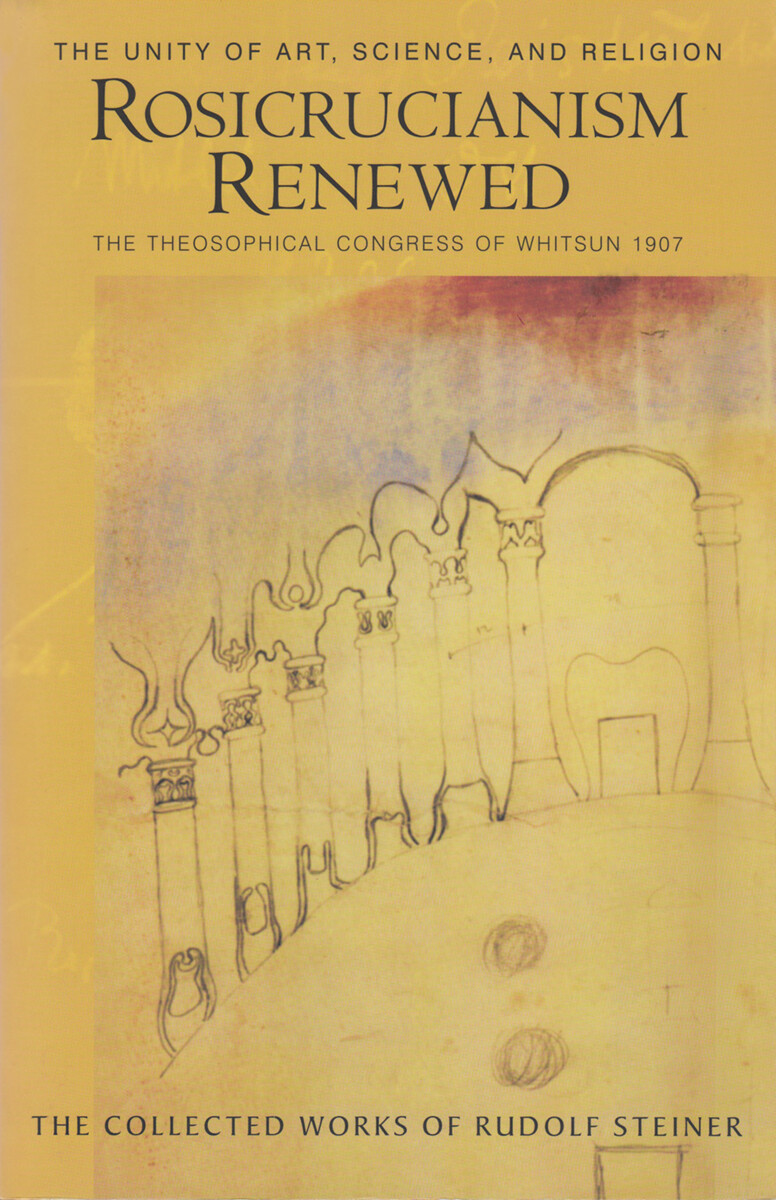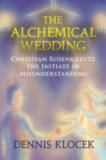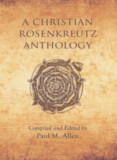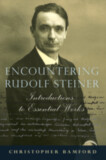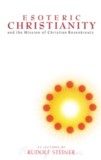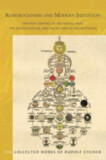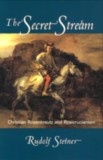Rosicrucianism Renewed
The Unity of Art, Science & Religion: The Theosophical Congress of Whitsun 1907 (CW 284)
Introduction by Christopher Bamford
Edited by Joan deRis Allen
Translated by Marsha Post
- Publisher
SteinerBooks - Published
1st March 2006 - ISBN 9780880106115
- Language English
- Pages 424 pp.
- Size 6" x 9"
13 lectures, various cities, and reports, 1907–1923 (CW 284)
“Rosicrucianism was central in Steiner’s life, any close reading of which makes it clear that the spiritual school radiating from the being and personality of Christian Rosenkreutz provided the substance and guiding principles of his teaching and mission. Furthermore, between-the-lines evidence suggests that Rudolf Steiner was actually ‘initiated’ into this school and given the task of revealing it publicly by Christian Rosenkreutz himself.” — Christopher Bamford
Unnoticed by most people at the time, a significant moment in spiritual history took place at Whitsun (Pentecost) in Munich in 1907. Known as “the Congress of the Federation of European Sections of the Theosophical Society,” this event witnessed Rudolf Steiner’s emergence onto the public stage as an independent esoteric Christian spiritual teacher with a world mission to transform planetary culture through what would come to be called “Anthroposophy.”
The event (and hence Anthroposophy itself) was placed under the sign of Christian Rosenkreutz and the cultural impulse of Rosicrucianism, which, since its initial appearance in the early seventeenth century, had gone underground to be transmitted through the centuries by small, more-or-less hidden esoteric groups. In the Congress, however, the original aim of the movement—a “general reform” of human society through the unity of art, science, and religion—was proclaimed anew and with the firm intent to put it into practice.
This volume thus marks not only the birth of Anthroposophy as a spiritual movement of cultural renewal—from which would flow new initiatives in art, science, religion, education, agriculture, medicine, architecture, and drama—but also the articulation of this activity as the evolutionary tip of human consciousness reaching back to the primordial mystery centers.
Collected here, with Steiner’s lectures and descriptions, are essays and reports on the Theosophical Congress of Whitsun 1907, as well as documents relating to some of the direct consequences of the Congress, especially those leading to the design and construction of the first Goetheanum. An extensive color section of facsimiles, photographs, and plates includes the esoteric and symbolic artistic work (the seals and columns) created for the congress hall.
This “Collected Works” edition contains an introduction, illustrations, a chronology of Rudolf Steiner’s life, editorial notes, and an index. Rosicrucianism Renewed is a translation of Bilder okkulter Siegel und Säulen. Der Münchner Kongress Pfingsten 1907 und seine Auswirkungen (GA 284).
C O N T E N T S:
Introduction by Christopher Bamford
Introduction to the 1977 German Edition by Hella Wiesberger
Prologue: Art and Its Future Task
PART I: THE MUNICH CONGRESS OF WHITSUN 1907
Foreword by Hella Wiesberger
The Munich Congress of Whitsun 1907
The Congress of the Federation of European Sections of the Theosophical Society
The Theosophical Congress in Munich, Report by Rudolf Steiner
The Rosicrucian Initiation
Planetary Evolution and the Evolution of Humanity
Explanations of the Arrangement and Décor of the Congress Hall
Report of the Congress in the Berlin Branch
The Apocalyptic Seals
Symbols and Signs as Effects of Chaos
Report on the Congress at the Sixth General Meeting of the German Section
Pictures of the Apocalyptic Seals and Columns
“The History of Our Society: Four-Times-Seven Years ago”
The Congress in Munich (by Mathilde Scholl)
About the Munich Congress (by Ludwig Kleeberg)
PART II: THE EFFECTS OF THE MUNICH CONGRESS
MALSCH:
Foreword by Hella Wiesberger
The Laying of the Foundation Stone of the Model Building in Malsch (by Max Gümbel-Seiling)
Address by Rudolf Steiner at the Foundation Stone Laying for the Rosicrucian Temple of the “Francis of Assisi” Lodge of Malsch (report by Hilde Stockmeyer)
“The History of Our Society: Four-Times-Seven Years ago” (essay by Marie Steiner)
The Congress in Munich (by Mathilde Scholl)
BERLIN:
Foreword by Hella Wiesberger
The Dedication of the New Berlin Branch Space
STUTTGART:
Foreword by Hella Wiesberger
Report of Rudolf Steiner’s Address at the Laying of the Foundation Stone of the Stuttgart House
The Dedication of the Stuttgart House
The Esoteric Aspects of the Stuttgart Building
In What Sense Are We Theosophists and in What Sense Are We Rosicrucians?
Report on the Dedication of the Stuttgart House (author unknown)
APPENDIX
Concerning the Unity of Temple and Ritual in Connection with the Goetheanum Building Idea (E.A Karl Stockmeyer)
Biographical sketches of Helena Petrovna Blavatsky and Annie Besant (by Daniel Hindes)
A Special Note on the Golden Legend and the Two Pillars (by Hella Wiesberger)
Notes about Other Editions of the Seals and Columns (by Hella Wiesberger)
Notes on the Text and the Plates (by Hella Wiesberger)
Rudolf Steiner
Rudolf Steiner (b. Rudolf Joseph Lorenz Steiner, 1861–1925) was born in the small village of Kraljevec, Austro-Hungarian Empire (now in Croatia), where he grew up. As a young man, he lived in Weimar and Berlin, where he became a well-published scientific, literary, and philosophical scholar, known especially for his work with Goethe’s scientific writings. At the beginning of the twentieth century, he began to develop his early philosophical principles into an approach to systematic research into psychological and spiritual phenomena. Formally beginning his spiritual teaching career under the auspices of the Theosophical Society, Steiner came to use the term Anthroposophy (and spiritual science) for his philosophy, spiritual research, and findings. The influence of Steiner’s multifaceted genius has led to innovative and holistic approaches in medicine, various therapies, philosophy, religious renewal, Waldorf education, education for special needs, threefold economics, biodynamic agriculture, Goethean science, architecture, and the arts of drama, speech, and eurythmy. In 1924, Rudolf Steiner founded the General Anthroposophical Society, which today has branches throughout the world. He died in Dornach, Switzerland.


